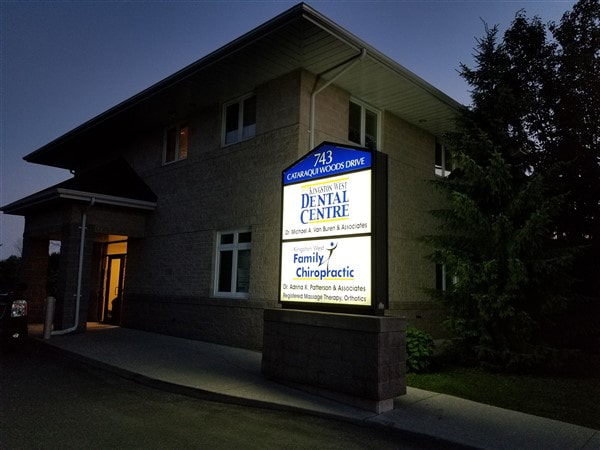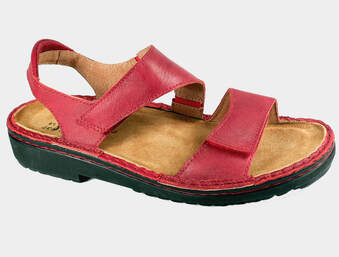 Here is a continuation to the common misconceptions regarding custom foot orthotics that I wanted to share with you. “I don’t like to wear shoes in the house, I always like to be barefoot so I’ll never wear orthotics.” For someone who likes to be barefoot as much as possible, I try to educate them on the benefits of wearing their orthotics. The more that you are able to wear them, the more benefit you will get out of them. For many of us, we are not allowed to be barefoot at work or when shopping, running errands, working out etc., so your orthotics can still be used for a large portion of each day and you will benefit from them. “I only wear sandals from April to October so I wouldn’t be able to wear orthotics.” There are fantastic sandals, Naot is one of my favourite brands that has a removable foot bed and your custom foot orthotic can be built directly into your sandal bed. So for those who love sandals you can still get the support and correction from your orthotics in your favourite sandal. “I wear so many different pairs of shoes, it would be too difficult to wear orthotics having to change them between shoes.” It's really not difficult to switch your orthotics between footwear. Especially given that for most people, there are only a few pairs of shoes that we wear about 80% of the time. For the odd pair of shoes that you wear for a special occasion or once a week for an hour, don't worry about it. Most people once they are used to and comfortable with their orthotics opt to get a second pair. This reduces switching pairs of orthotics between shoes. My child is too young to need custom foot orthotics, they are still growing, we’ll wait until they or older or see if they grow out of the problem. Your feet are your base of support that have a significant impact on how everything else develops from the ground up. By age 4 how we walk has already been determined. So waiting during the vital growth years for your child to stop growing will not help their foot function or their overall biomechanics or development. Children who require custom foot orthotics are no different than children who require eye glasses, if you need them, it doesn't matter what age you are, you will benefit and they become part of the health needs for that person. We see many children in the clinic who have foot pain, plantar fasciitis, pain in their big toes etc. , due to how they run and walk and wear custom foot orthotics. I am concerned my child will outgrow their orthotics, so I better wait until their feet stop growing. For parents who are concerned that their children will outgrow their orthotics before they outwear them, there's no need to worry. As orthotics will need to be replaced every couple of years at the most, and possibly sooner, it's highly unlikely that your child will outgrow his or her orthotics. Most foot growth happen distal or past the end of the functional part of the custom foot orthotic. For those who are really worried, our one partner lab has an outgrow program that you can enroll in that will ease any concerns.
0 Comments
 The holidays are a busy time of year filled with shopping, good food, get togethers, family, travelling and more, but there can also be tension and stress. For many people, holidays mean changes in work, exercise and dietary habits. But there are easy things you can do to take the stress out of any holiday. This holiday season, listen to your body! How many people really listen to what their body is telling them? Since no part of the body is immune to stress, it can affect the entire body, taking a heavy toll on the nervous and digestive systems. If you don’t want stress to become part of your norm, here’s what to look for: · Sleeplessness · Poor digestion · Lack of concentration · Feeling stiff and achy · Frequent flu-like illness We’ve all experienced stress while trying to balance our personal and professional lives. Not having enough hours in the day to manage conflicting priorities causes us to go into overdrive, leading to stress. It is especially important to maintain your self-care schedule. Even though your first reaction will be to say that you are “too busy” to maintain your chiropractic adjustments and registered massage therapy appointments leading up to and over the holidays, these help improve how your nervous system is working and your nervous system is what controls your body’s response to negative stressors. A healthy nervous system has also been shown to improve immune function and we all know that minimizing the chance of getting that dreaded cold or flu bug that is going around is on the top of everyone's list for the holidays! Make time to stay on track. For many people, their chiropractic and massage therapy appointments are a few minutes of additional time for themselves with piece and quiet or to discuss the stressors of their day. Try these additional tips to keep stress under control this holiday season! (the exert below is from the Ontario Chiropractic Association) Delegate! Does the house need cleaning? Let each family member be responsible for a room or a specific task. Exercise Cardiovascular exercise, weight training and yoga can reduce the level of stress hormones in your body, allowing you to cope more easily. It is also a great excuse to make a little time for yourself. Avoid sugar Sugar increases symptoms of irritability and anxiety in many people and weakens the immune system. It has also been found to diminish infection-fighting white blood cell count for up to six hours after consumption. Make a list A hectic schedule means that being organized and planning ahead is more important than ever. If you are laying in bed at night worrying about all the things you have to do, get up and make a “to do” list. It will help to clear your mind and get you back to sleep. Laughter is the best therapy
It may be a cliché, but people who laugh on a daily basis rate the stress in their lives as lower and enjoy better health. So go ahead and giggle – it’s good for you! So yes, make time to laugh this holiday season! So, hear is a little holiday humour! Q:What do you get when you cross a snowman and a vampire? A: Frostbite. (From the Thought Catalogue) Shhhhh....don't tell your kids but it's time to start thinking about the right backpacks for school. The right pack in September can prevent all sorts of aches by December!
PACK IT LIGHT. WEAR IT RIGHT. Kids and backpacks just seem to go together. Whether you are heading out on holiday with the kids or sending them off to school, chances are they’ll be packing a backpack. You have your own load too, whether it’s a fashionable new purse or a suitcase packed to bursting. Knowing how to choose, pack and lift backpacks, shoulder bags and luggage can prevent them from becoming a pain in the back. Our common-sense guide will spare your back: BACKPACKS Choose carefully: Go for lightweight vinyl or canvas. Pick a pack that has two wide, adjustable and padded shoulder straps, along with a hip or waist strap, a padded back and plenty of pockets. Pack it properly: Make sure the backpack contains only what is needed for the day or the activity. Distribute the weight of the contents evenly. The total weight of the filled pack should be no more than 10 to 15 per cent of the wearer’s body weight. Wear it right: Both shoulder straps should always be used, and adjusted so that the pack fits snugly to the body without dangling to the side. Never sling a backpack over one shoulder. You should be able to slide a hand between the backpack and the carrier’s back. It’s a fact! More than 50 per cent of young people experience at least one episode of low back pain by their teenage years. Research indicates one cause is improper use of backpacks. So pack it light and wear it right! SHOULDER BAGS Choosing a Shoulder Bag: Whether your bag is a purse or home to your laptop, choose one with a wide, padded adjustable shoulder strap. Packing a Shoulder Bag: Divide the contents among multiple pockets to help distribute the weight and keep items from shifting. Your bag should not weigh more than 10 to 15 per cent of your body weight. Carrying a Shoulder Bag: Don’t always carry your bag on the same shoulder, switch sides often so that each shoulder gets a rest. Try not to lift the shoulder on which the purse is carried, ideally wear the strap across your chest. https://www.chiropractic.on.ca/public/your-back-health/pack-light-wear-right/ HOMEWORK Nobody likes this word, but where you choose to do your homework can have a huge impact on your body mechanics. Choosing a better homework location than laying on your bed on your back or your stomach. Propping yourself up against the wall with a stack of pillows or sitting cross legged on the bedroom floor are not ideal locations as they will increase neck and back strain. A desk, kitchen table, or the kitchen island providing your feet or your child's feet can touch the ground will make all the difference! If your chair can offer some arm support that would be helpful as well and if the back of the chair is high enough to rest your head back either while working or when you need to take a break it will go along way into easing neck strain. FOOTWEAR Back to school often means new kicks for school. Younger children often require 2 pairs of shoes (1 for indoor and 1 for outdoor use). Older children and college and university bound students may opt for style over comfort. Whatever your stage of life, a little bit of thought in the design and structure of your back to school footwear can save you a lot of stress on your feet, knees, hips and back. Look for runners or hiking shoes that are a little bit higher in the back than the front. A completely flat shoe should be avoided. Look for shoes that have stability in the middle of the shoe. You shouldn't be able to ring it out like a wash cloth when you twist both ends of the shoe. It should only bend where you would naturally toe off. Make sure there is enough room in the toe box in width and depth to accommodate a foot and a variety of sock choices. If you are still wearing sandals for the next little while, stay a way from flat sandals and ones that offer little to no support. Some of the same rules apply, choose ones that are slightly raised in the heel and provide strap both across the top of the foot and around the heel. Look for a sandal that you sit in that has a generous heel cup versus one you sit on top of when you are walking around. Most importantly remember to have fun! Have a fantastic return to school everyone. All the best, Dr. P. Repetitive strain injuries are very common. Just like the term repetitive implies, it is something that happens gradually and when you repeat a movement or action multiple times. It can cause pain in various muscles, nerves and tendons.
If we take for example of elbow pain, which can be caused by common daily activities such as typing, gripping or carrying objects and playing a racket sport. There are many muscles that allow you to use your hands and wrists also attach to your elbows. The pain can be described as an ache, burning, shooting, tingling, or cramping of the muscles. Often there is inflammation and pain in the early stages of the injuries. If left untreated, muscle tightness, trigger points and scar tissue will set in. Rest, ice, stretches and exercise will also be an important part of the healing process. Your therapist can help guide you through the whole process and give you tips to help you avoid re-injury. 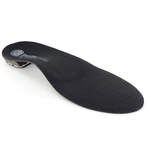 I have had so many patients over the years not understand what an orthotic truly does and how custom foot orthotics can help them. This week we’ll dive into the common misconceptions and in future blogs we’ll touch on other aspects of orthotics including some further misconceptions to share with you in part 2 of our post. What is a custom foot orthotic? “A custom orthotic is a device designed to align the foot and ankle into the most anatomically efficient position. They look like insoles, but are biomechanical medical appliances that are custom made to correct your specific foot imbalance. Custom orthotics work on your feet much like glasses work on your eyes - they reduce stress and strain on your body by bringing your feet back into proper alignment. The plastic body of the custom orthotic helps to re-align the foot by redirecting and reducing certain motion that takes place during the gait cycle. Custom orthotics fit into your shoes as comfortably as an insole - and they have the advantage of having been made from precise imprints of your feet.” (from TOG patient FAQ’s, 2019) Some of the most common misconceptions that I have heard regarding orthotics include some of following that I have listed below. “ My feet don’t hurt so everything is fine.”
Patients have called orthotics “arch supports”, as though we are trying to force their arch or foot into an abnormal position.
This week I challenge you to think more about your feet and how you walk! Have a great week, Dr. P. Many of us suffer from headaches. It can vary in intensity; mild and nagging to debilitating. Many of us who do suffer from headaches would like to find a solution that is more natural in nature. I would like to share that I have been there. More than 15 years ago I went through a period in my life where I was suffering from tension type headaches on a daily basis for a period of approximately 2 years. After that they started to decrease in frequency and now I have occasional headaches. One of the tools that played a big role in making this difference is Massage Therapy. Massage can help relax muscles, muscle spasms and trigger points, which will result in fewer headaches. This can be approached in a couple ways; one, when the headache is present or two, by using a more proactive way and going for a massage treatment on a regular basis (frequency and duration to be discussed with your therapist); this will most likely help you maintain optimal levels of stress-relief therefore decrease your chances of headaches. Massage has also been showed to improve sleep disturbances. There are many massage techniques that can be used to help you achieve optimal results. During my time as a massage therapist I have come to learn that many clients and people I meet along the way get the impression that massage therapists only work on specific areas and that massage is only good for relaxation. I like to keep people informed on the many effects and benefits of massage. In this two part blog I will explain firstly the effects and benefits and in my next blog go into various areas and conditions that massage therapy is used to treat. Massage not only helps physically with the body but also psychologically with the mind. Massage has effects on every system in the body, and Registered massage therapist spend years in training in a classroom and hands- on to learn the best techniques to treat a variety of conditions safely and effectively. The following are some effects of massage therapy on the various systems of the body; Pain Control Massage has effects on a person’s pain levels in various ways. Many people experience pain from muscles that are experiencing tightening(spasm) and reduced local circulation in the area/ massage therapy can increase blood flow to the area of pain giving the client relief from pain. Massage therapists can also do manual stretching techniques on the tight areas or direct compression on trigger points that will help increase range of motion and decrease pain. Circulation Massage therapy effects the blood flow in areas worked on. Local circulation is temporarily increased when massage in applied. If a muscle is experiencing some wasting due to a trauma or surgery etc. Then massage has been proven to improve the tissue health and speed the process of restoration of the muscle. Massage can decrease blood pressure; therefore helping with stress and tension. Lymphatic System Massage improves lymphatic flow by using specific trained techniques that pump lymphatic fluid through lymphatic capillaries. Massage can reduce swelling, easing pain related to the swelling. Another little-known massage benefit is lower risk of scar tissue formation. Musculoskeletal System Massage therapists spend a great deal of time learning about the muscles bones and joints and ligaments of the body. Not only the names of the areas but what their functions and actions are also. We learn various techniques to help increase range of motion by lengthening shortened muscles. Reducing trigger points and adhesions with in the connective tissue of the body. Respiratory Function Massage therapists are taught various techniques that can help to loosen mucus and clear passageways. Massage can help to Reduce stress levels of people who have asthma, therefore potentially reducing the frequency of attacks. Immune system Some studies support the effects of massage on the immune system. One study had shown an increase in fighter cells in some clients who were getting regular massage and fighting off immune disorders. stress decreases the immune response, resulting in illness. Massage reduces stress therefore improving immune function. Psychological Effects There are numerous studies and documented accounts of how massage helps psychologically. Massage can reduce stress, anxiety and depression. Massage gives clients an overall sense of well-being. The massage therapist at Kingston West Family Chiropractic have over 15 years combined experience working with an array of clients with various conditions. We are excited and knowledgeable about our profession and are more than willing to answer any questions that you may have about how massage can benefit your life. 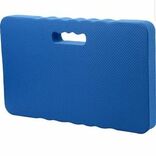 The May long weekend is upon us, “May 24” as we affectionately refer to it in Canada. For many of us we are well on our way with our outdoor spring cleaning, but for others they are just getting started. This is also the big traditional gardening weekend where we are finally safe from frost and can plant those colourful annuals. Everyone has read an article on spring cleaning and gardening and most want you to take it slowly and warm up and give you some particular stretches to try and do prior to and/or after gardening or yard work. These are all really useful and we’ll even have more tips on gardening coming up in future blogs. Today however, we are going to talk about my own first hand experiences that I want to share with you. My first suggestion for the home owner who has a yard to maintain is to invest in a wheelbarrow that has 2 wheels on the front. They are much more stable than a traditional wheelbarrow. They also take up more space, so make sure you have room to store it when its not in use. I’d recommend one with a poly tray. It won’t rust so it will last you longer. Their stability and size makes them terrific for pushing around bags of mulch, bags of soil for lawn repair or top dressing the lawn, leaf bags, yard tools, hardscape products and even plants. The end result is they make it easier on your back and core as you are not trying to balance a wobbly, heavy wheelbarrow. It also makes it easier to move products around your home from road side to the backyard. Next, I would invest in a nice thick pad to kneel on. If you don’t have one, in a pinch take several flattened cardboard boxes and layer them and use those to give your knees extra cushioning when doing clean up in your gardens. Now my knees don’t handle prolonged kneeling very well, even with a thick pad, so they force me to change positions often and I think that this is for the best for everyone. Some of my gardening is done standing, sometimes I am on my knees, other times on my bottom sitting cross legged or even on one hip and glut. The changing of positions will make you less sore, it forces you to take breaks and change it up. I have also learned that not all gardening tools are created equally. How they feel in your hand makes all the difference. Feel the grip and the weight of the tools that you will use all the time and find ones that work best for you. There’s no point in purchasing the deluxe model if it feels terrible in your hand and hurts your wrist. Take your time and pretend you are going through the motion of using your weeder, pruner, hedge trimmer, shovel etc., before you take it home. Case in point, I myself thought a long grass shear that I could use standing versus bent over would be easier on my back. Well, I brought it home and it is much too heavy for repeated use and I don’t have the same precision standing upright when I use it as I did with my lighter shears with the shorter handles! My final tip today is investing in what we affectionately refer to as a “grabber” in our family. It is a lightweight rust proof reach tool with a rubber grip for grabbing just about anything. I participated in Pitch in Kingston and cleaned up near the office for many years. Now with a new gas station across the street, I will look for a new place to clean up! The land when undeveloped seem to serve as a dumping ground for all kinds of garbage and debris. After hours of filling anywhere from 5 to 7 bags of garbage the continuous bending and straightening would really bother my low back, knees and hamstrings. I also found that many items were sharp! There would be broken glass, crushed cans with jagged edges and various assortment of liquids remaining in containers. I thought that there must be something out there to limit by bending and allow safe handling of garbage and debris. I found a product on Amazon that worked amazingly well. A Grip and Grab. I purchased the first one in 2014. The original is still going strong after hours of use! I got my Mom hooked on my grabber and I got her one as well! She used hers for years to not only pick up debris on the lawn but to pick up all the walnuts that fell from the walnut trees onto their lawn. It is great for picking up pruned branches off the lawn as well as thorn covered or prickly plants such as barberry branches or the odd thistle that I have dug out My Mom loves hers so much she has one just for indoor use as well (reaching high items on a shelf!) Well I hope my tips find you well this long weekend for whatever your pleasure! Enjoy your long weekend from all of us at Kingston West Family Chiropractic! NHL playoffs are well under way and hopefully your favorite team is still in the playoffs to make another run at the cup. Mine is not, but I am still enjoying the high quality hockey and and this great sport. With such competition, comes greater risk of injury.
Ice Hockey is certainly not for the faint of heart. Next to football and rugby, hockey is an extremely high contact sport and players are at constant risk of injury. As one of the most physically demanding sports to be played in America and Canada, hockey players often demonstrate speed, agility, balance, strength, and flexibility while they play the game. These are essential attributes of every hockey player since they frequently collide with other players and often fall on the ice, which make injuries that much more likely to occur. When National Hockey League (NHL) superstar Sidney Crosby suffered two concussions within days of one another, he sought the help of his chiropractor, Dr. Ted Carrick, a Chiropractic Neurologist who takes care of Crosby and other players in the NHL and NFL. Carrick says, “In professional hockey alone, there are more than 50,000 hits annually, and far too many of these are serious injuries to the head.” Hockey is a rough contact sport, as anyone who has been to a game can attest. As Rodney Dangerfield once famously quipped, “I went to a fight the other night and a hockey game broke out.” All kidding aside, the risk of concussion during a hockey game is high, with pucks traveling at around 100 mph. Add to that the injuries from players colliding with each other, or being hit by hockey sticks and skate blades and you can see why hockey is a sport prone to injury. Unfortunately, the number of neck and back injuries have increased, possibly due to the false sense of security provided by protective equipment. The knee is a frequent site of injury as well, with sprains to the ligaments being most common. After suffering 10 months of dizziness, fogginess, instability and light sensitivity, Crosby began specialized chiropractic care that improved both his physical and cognitive functioning. After 6 months of chiropractic care, Crosby returned to the ice and helped his Pittsburgh Penguins score a win against the New York Rangers, and the Penguins subsequently signed him to new a 12-year contract. Chiropractic care is so important to the Vancouver Canucks that they keep a team chiropractor on staff. Dr. Sid Sheard has cared for the Canucks for 24 years and says of his job, Chiropractic is not only for the treatment of injuries, it also keeps players in top form. Sheard notes, “The number of games lost to injury this year is running at less than half, which we like to think is due to the preventive and supportive training that starts in the off-season.” Olympic silver medalist in hockey and former NHL player, Mike Modano is a strong advocate of the benefits of chiropractic care for hockey players. He says, “Chiropractic helps with recovery time and the way my body responds with the grind it takes.” Chiropractic care is one of the best ways that professional hockey players can ensure that they stay on the ice as long as possible. Most of us are not Olympic or professional athletes, however as a parent, spouse, employee, weekend warrior, etc., how do you want to perform? Talk to your chiropractor today so that you can keep enjoying what you love to do best! Working as a team with your chiropractor will help keep you active and at your best. Sources: http://www.chiropracticcare.today/spinal-adjustments-hockey-players/ https://www.discoverchiropracticwa.com/articles/look-who-else-uses-chiropractic-care-professional-hockey-players.html 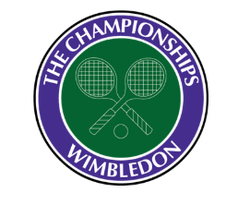 I am currently watching the Wimbledon semi-finals for the men and it is 21-21 in the 5th set and John Isner and Kevin Anderson have now played over 6 hours of tennis. The last two weeks have had tennis fans world wide enjoying the best that the world has to offer. Wimbledon is one of the four grand slam tennis events held annual in the world. It is held at the All England Club in Wimbledon, England. The tournament is played on grass courts and all players who play at the All England Club must adhere to the all white dress code. I had the opportunity to tour Wimbledon in September 2013, and we were able to go everywhere from Centre Court stands to Murray Mound (formerly Henderson Hill) and even the press area for athletes. What a thrill for a tennis fan! I started playing tennis about 14 years ago and fell in love with the sport, but I was a fan for many years before I had the opportunity to play. Andre Agassi was my firs tennis pro that I followed and since his retirement I’ve been a huge Fed (Roger Federer) Fan! Tennis requires so many different skill sets and is very physically and mentally demanding. The hours of training and play and the repetitive nature of the sport involving numerous joints and large muscle groups inevitably results in injuries. Whether you are a professional player or an amateur player, we can all appreciate the demands on one’s body. Take for instance, serves in the current Wimbledon semi-final match being played between Isner and Anderson. John Isner, has currently hit over 265 serves just in this match, whereas Serena Williams has hit about 370 for the entire tournament to date. There are many players who sustain repetitive injuries,require rehabilitation and even surgery to knees, hips, wrists, elbow and shoulders. We also see foot and ankle injuries and ongoing back problems with some tennis players. As a chiropractor, I actually see more lower extremity injuries from tennis than upper extremity injuries, due to the pounding that they undergo on the hard court surfaces. Milos Raonic, Andy Murray and Raphael Nadal are just a few of the top players who have battled injury recently. Milos suffered a thigh injury during his quarter final match during Wimbledon. Andy Murray has not been back to full play since an injury to his hip during Wimbledon 2017 and Raphael Nadal had to pull out of the Australian Open and missed some of the season earlier this year with a hip injury. Nadal has gone on to return to full play and one Roland Garros (the French Open) and will play in the semi-finals at Wimbledon later today. The role of Chiropractic in Tennis. Tennis players professional and amateur alike can benefit from regular chiropractic care. John Isner for example was quoted in Baseline in April of this year for the role that chiropractic and his stable, family life have contributed to his great play this season. His chiropractor of 6 years has helped him tremendously. Isner was quoted as saying "It's not anything that he did this week. It's what he's done through the course of the six years that we have been together," Isner said. "And I have been very healthy for six years, as well, I will knock on wood. That is in large part to him: adjusting, putting this machine on me, or massage. It's everything. There is so much that goes into it." Andy Murray has been adjusted in his mid back and shoulder blade region right on the court during a medical time out during Wimbledon a few years ago. He went on to win the title that year. Chiropractors help maintain and improve mobility and neuromusculoskeletal function, reduce overuse injuries and help speed up the healing of joint and soft tissue related injuries through a variety of rehabilitative techniques. It’s not just about low back pain, or mid back pain. Our roll is to help with the knee and hip injuries, the foot and ankle injuries and the upper extremity injuries. We treat our patients as whole people and we work together with our patients and use our extensive training to help improve and maintain performance by helping athletes amateur and professional alike. Every clinic is different, at Kingston West Family Chiropractic, our interdisciplinary team will work together and can offer a variety of treatment options for tennis players and for other athletes. This may include chiropractic, rehabilitation, active release technique, contemporary medical acupuncture, registered massage therapy, registered kinesiology, laser therapy, concussion management and more. An individualized approach to care will be determined in consultation with you based on your needs and your goals. If you want to help maintain and improve your health, follow the leads of some of the best in the tennis world and schedule a chiropractic appointment today. Now, I am going to finish enjoying the athleticism and excitement of the remainder of today's Wimbledon semi-finals and perhaps go out and play myself this afternoon once the hot afternoon sun cools down! |
AuthorsDr. Adrina Patterson, the chiropractor and owner of Kingston West Family Chiropractic, is an avid gardener. She loves riding her recumbent bike and travelling. She also enjoys continuously learning and improving her skills. Archives
July 2020
Categories |
Location |
KWFC
|

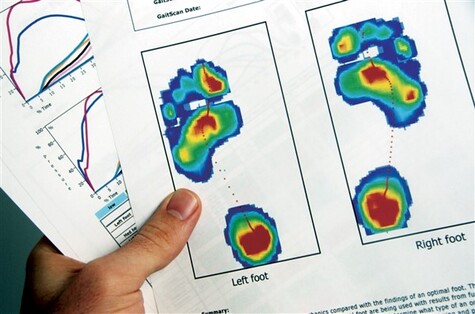
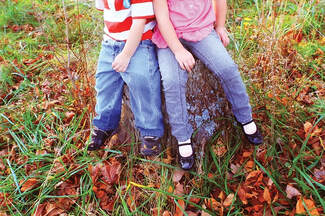

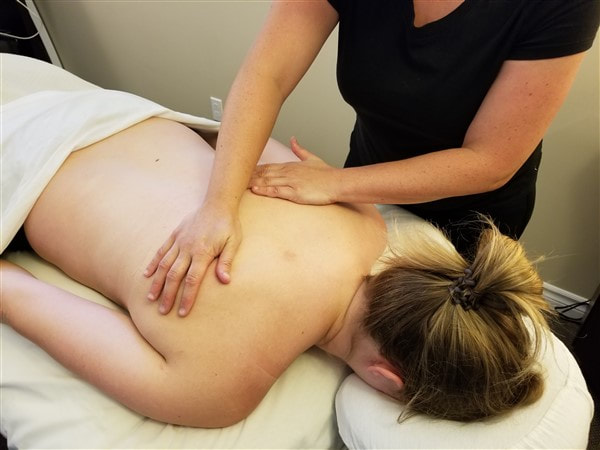
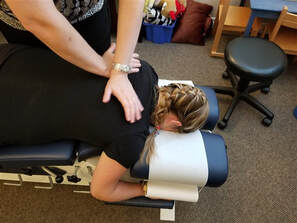
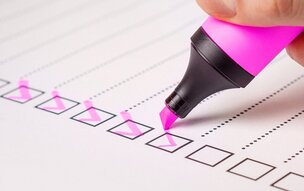


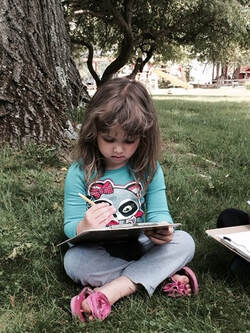

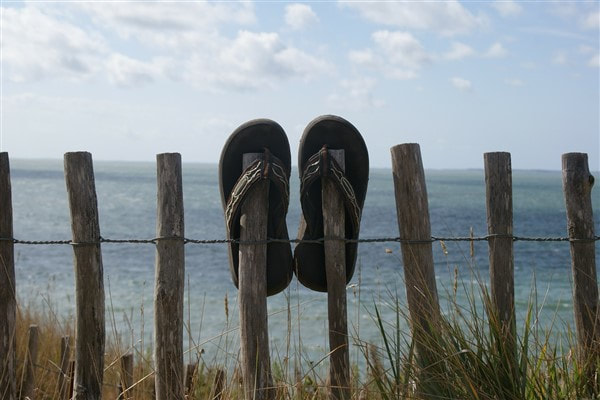
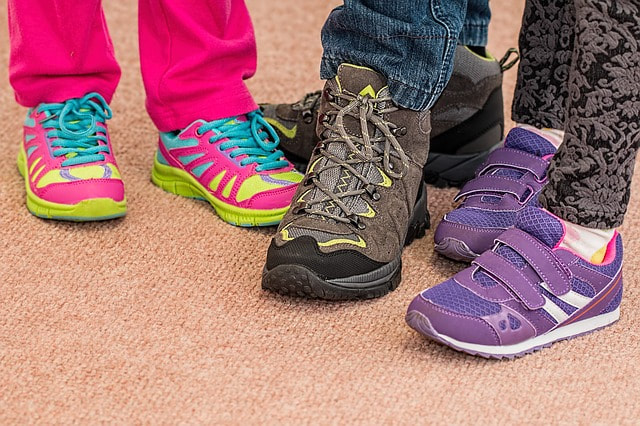
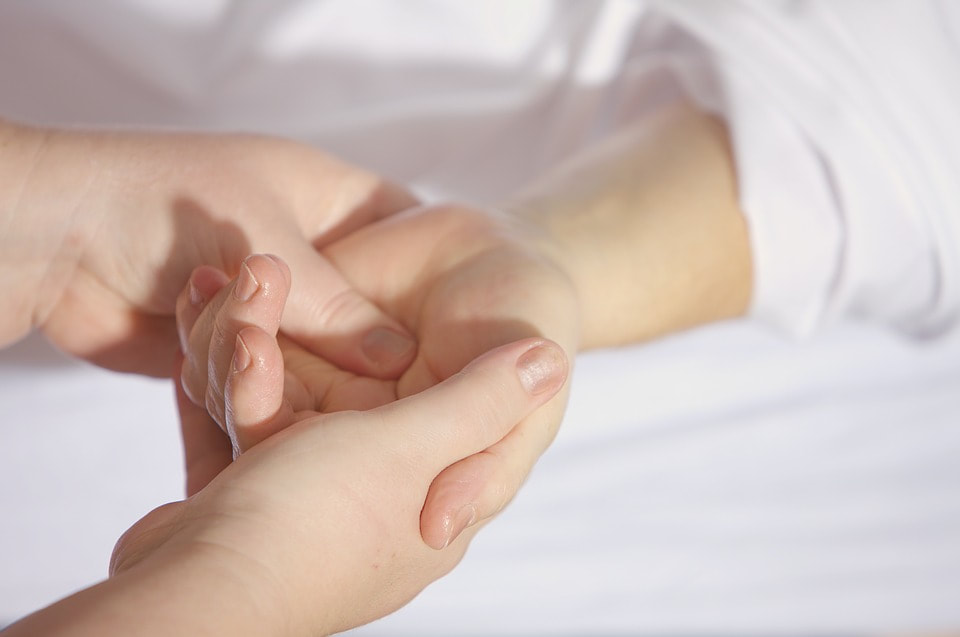
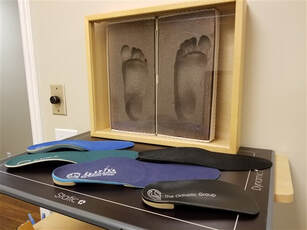
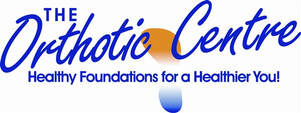
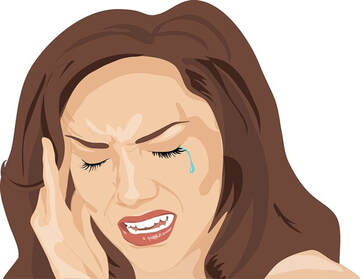
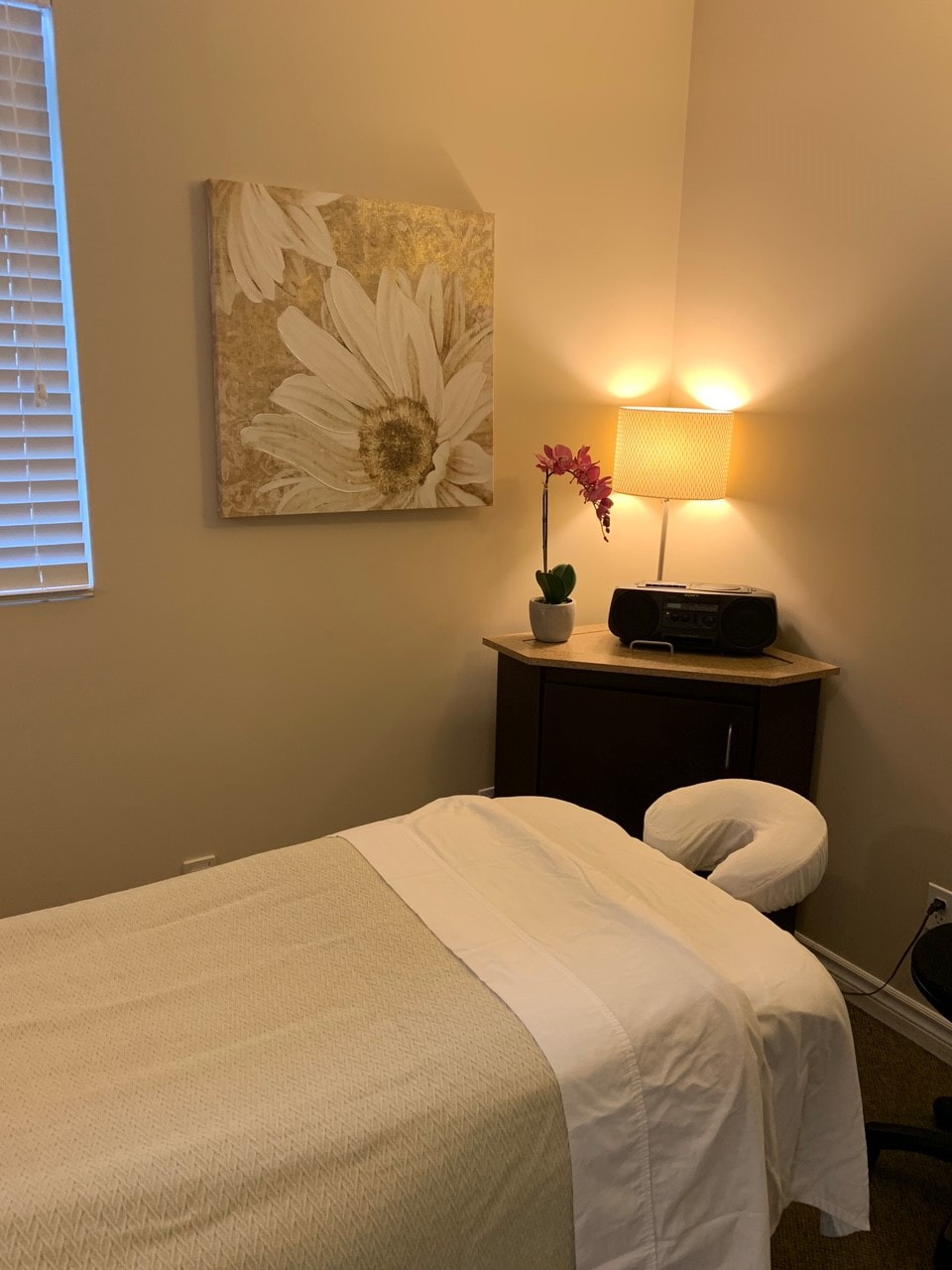

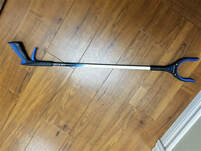

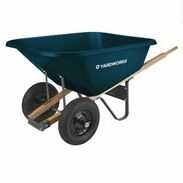
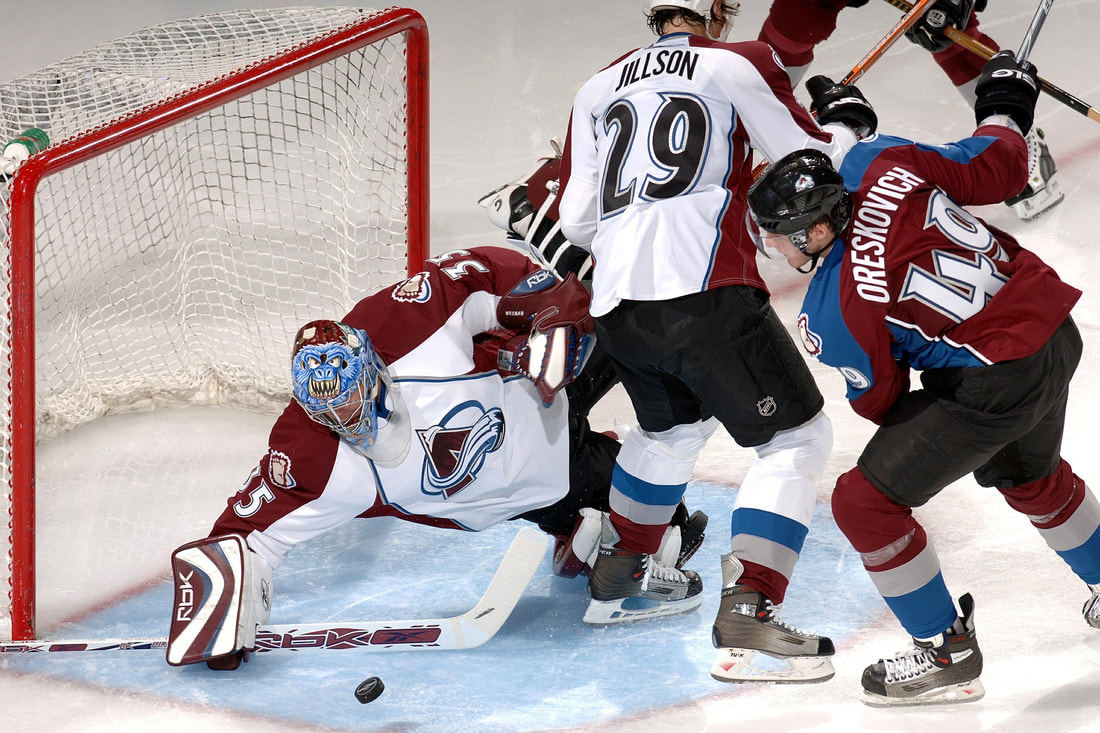
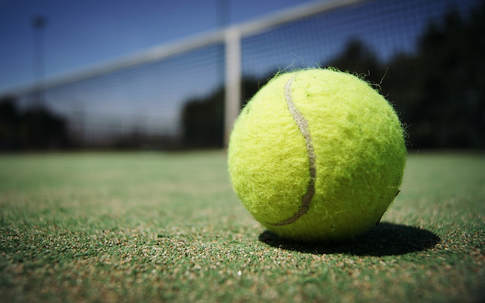
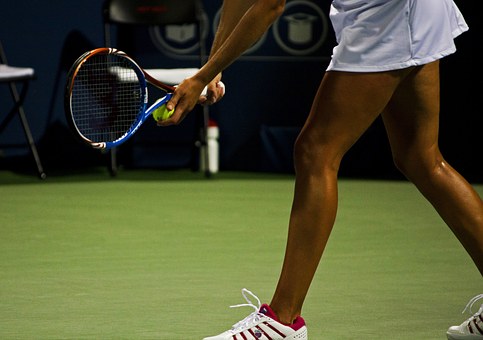
 RSS Feed
RSS Feed
